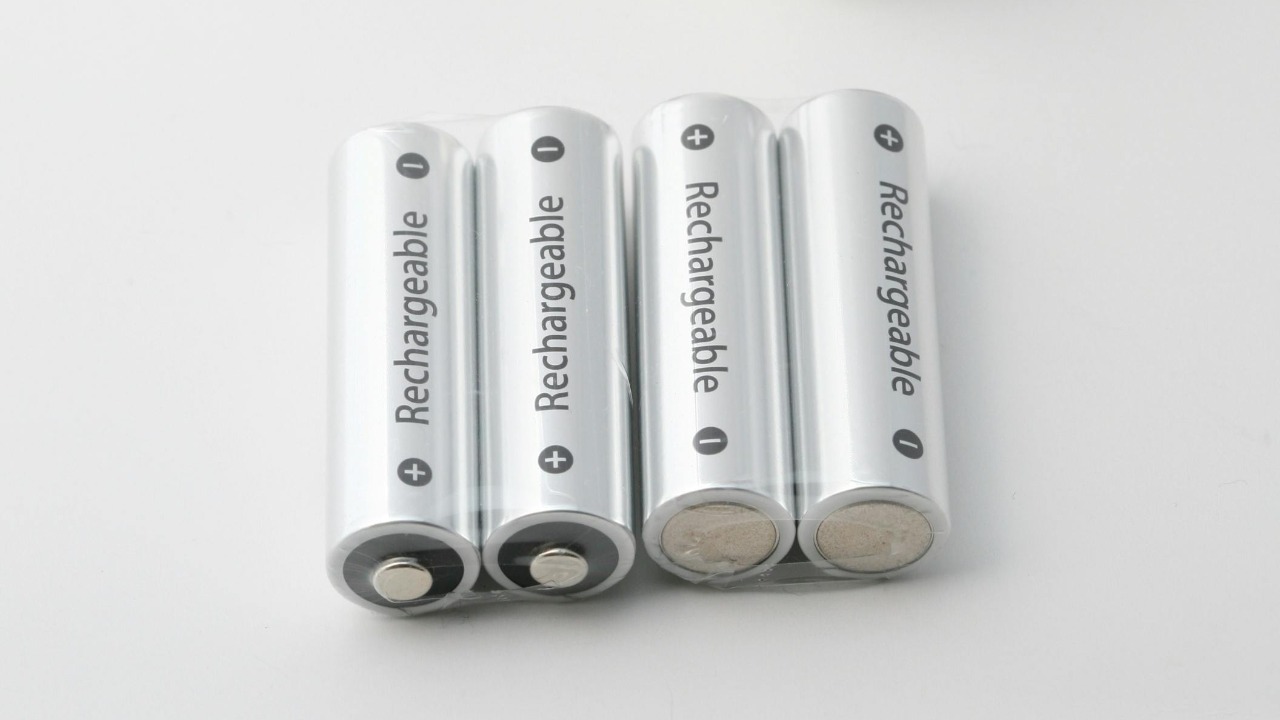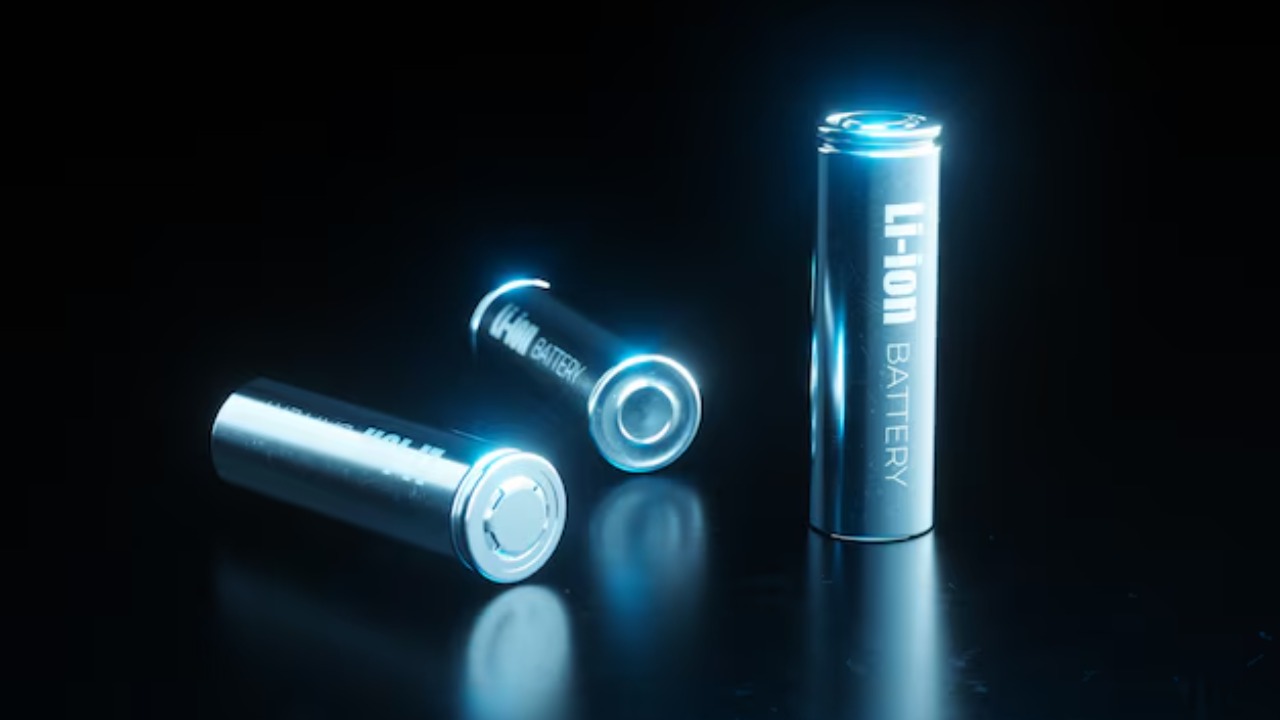
In the realm of renewable energy and sustainable technology, a groundbreaking innovation has emerged: a battery that can potentially last up to 10,000 years. This revolutionary development promises to redefine our approach to energy storage and consumption, offering remarkable longevity and efficiency. As the world grapples with the challenges of climate change and finite resources, such advancements in energy technology could be pivotal in shaping a sustainable future.
The Science Behind the Longevity

At the heart of this remarkable battery technology is the use of diamond and nuclear waste. By harnessing the properties of radioactive isotopes encased in synthetic diamond, the battery utilizes the decay of nuclear waste to generate electricity. This process not only provides a continuous energy source but also addresses the environmental issues associated with nuclear waste disposal. The self-sustaining decay processes and micro-reactors within the battery play a crucial role in maintaining its charge over thousands of years.
Another critical element in the battery’s design is the incorporation of advanced materials like nickel. Known for its durability and excellent conductivity, nickel enhances the battery’s performance and lifespan. The combination of these materials results in a highly efficient and durable energy storage solution that could revolutionize various industries.
Environmental and Economic Implications

The introduction of a 10,000-year battery could lead to a significant reduction in electronic waste, a pressing environmental concern. By extending the lifespan of batteries used in devices and machinery, the frequency of battery disposal would decrease, thus lessening the environmental impact. This innovation aligns with the global push towards more sustainable practices and could play a vital role in achieving environmental goals.
Economically, the long-lasting battery presents both opportunities and challenges. The potential for cost savings is significant, as the need for frequent battery replacements would diminish. This reduction in resource consumption could lead to lower production costs and make sustainable energy solutions more accessible. However, industries may face challenges in adapting to this shift, requiring changes in manufacturing processes and business models.
Applications and Potential Uses

One of the most exciting prospects for the 10,000-year battery is its potential impact on the renewable energy sector. With the ability to store energy for extended periods, these batteries could enhance the efficiency of solar and wind energy systems, allowing for consistent power supply even when conditions are not optimal. This advancement could accelerate the transition to renewable energy sources, reducing reliance on fossil fuels.
The implications for consumer electronics are equally promising. Devices such as smartphones and electric vehicles could benefit from longer-lasting power sources, reducing the need for frequent charging and battery replacements. Additionally, the use of such durable batteries in space exploration could prove invaluable, providing reliable energy for long-duration missions beyond Earth.
Challenges and Future Prospects

Despite the impressive potential of the 10,000-year battery, several challenges must be addressed before it becomes widely available. Technical and manufacturing obstacles, such as scaling production and ensuring safety, are significant hurdles. Additionally, societal and regulatory considerations will play a crucial role in the adoption of this technology, as governments and industries must work together to establish standards and guidelines.
Looking ahead, future research and innovation could further enhance the capabilities of these long-lasting batteries. As scientists continue to refine the technology, the potential applications and benefits could expand, leading to even greater advancements in energy storage and sustainability. The integration of cutting-edge materials and processes will be vital in pushing the boundaries of what is possible.
Integration with Existing Technologies

Integrating this new battery technology with existing energy systems and infrastructure will be a critical step in its deployment. By working alongside traditional battery manufacturers, innovators in the field can accelerate development and bring these long-lasting solutions to market more quickly. Collaborative efforts between industry leaders and researchers will be essential in overcoming the challenges associated with this transition.
The potential for hybrid systems that combine traditional battery technology with newer, longer-lasting solutions offers an exciting opportunity for optimized performance. By leveraging the strengths of both approaches, it may be possible to create energy storage systems that are more efficient, reliable, and environmentally friendly. As the world continues to seek sustainable energy solutions, the 10,000-year battery could play a pivotal role in shaping the future of energy storage and consumption.